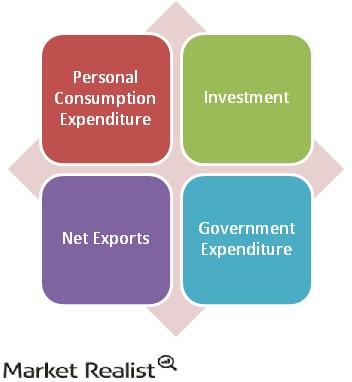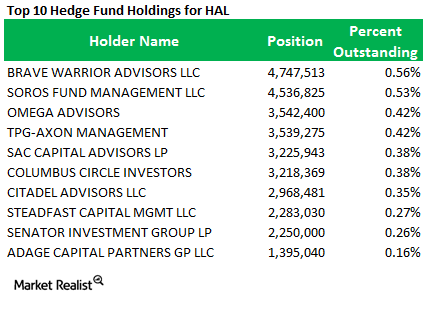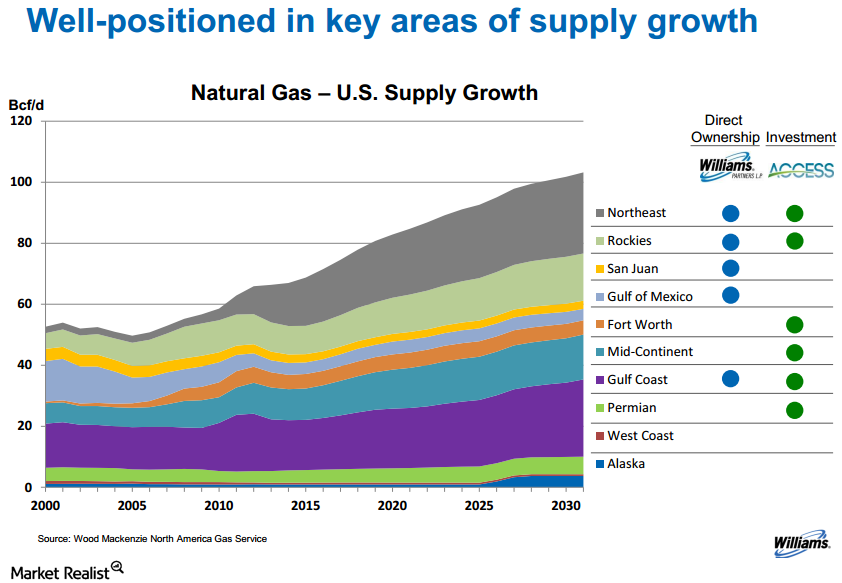Must-know: Factors that influenced JetBlue’s top line growth
JetBlue Airways’ (JBLU) operating revenue has increased at a four-year compounded annual growth rate (or CAGR) of 13.4%, driven primarily by the growth in passenger revenue.






© Copyright 2025 Market Realist. Market Realist is a registered trademark. All Rights Reserved. People may receive compensation for some links to products and services on this website. Offers may be subject to change without notice.